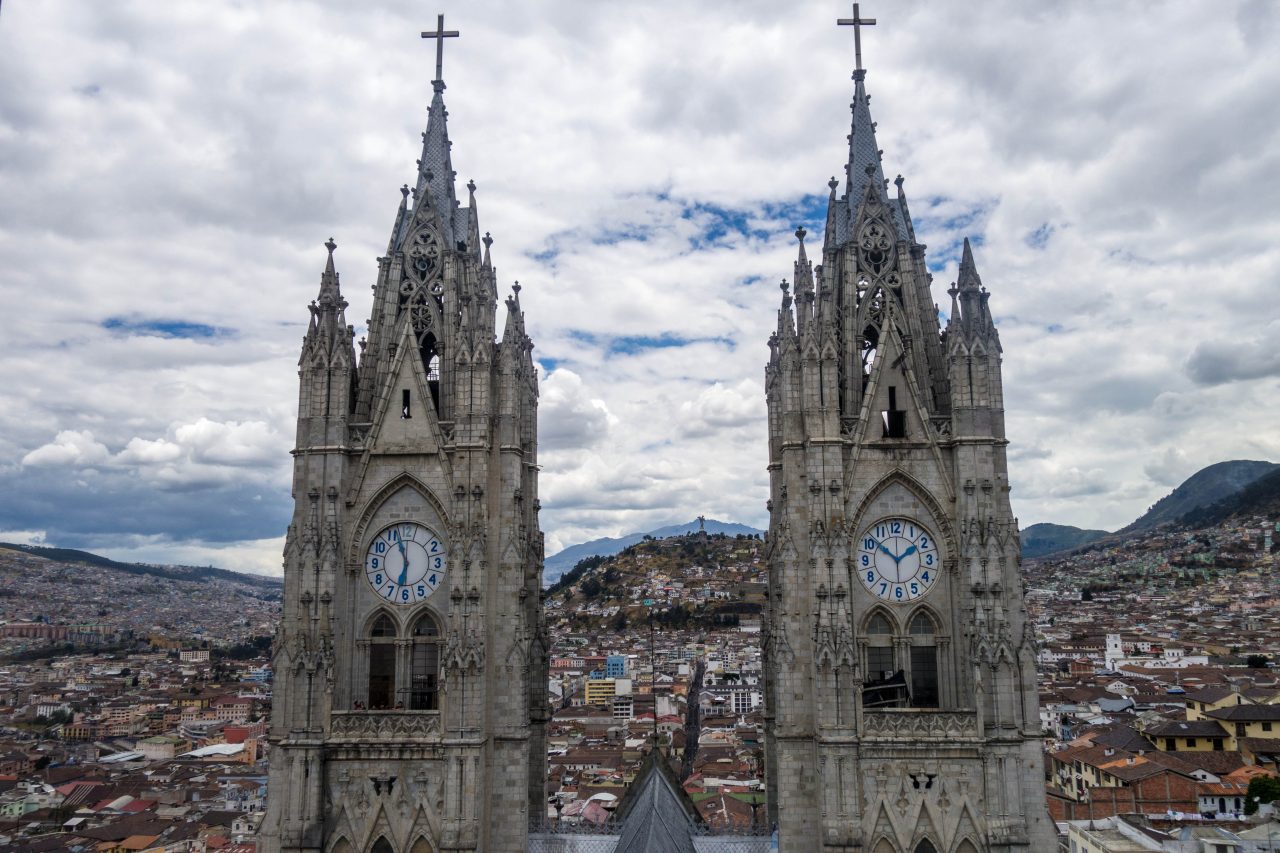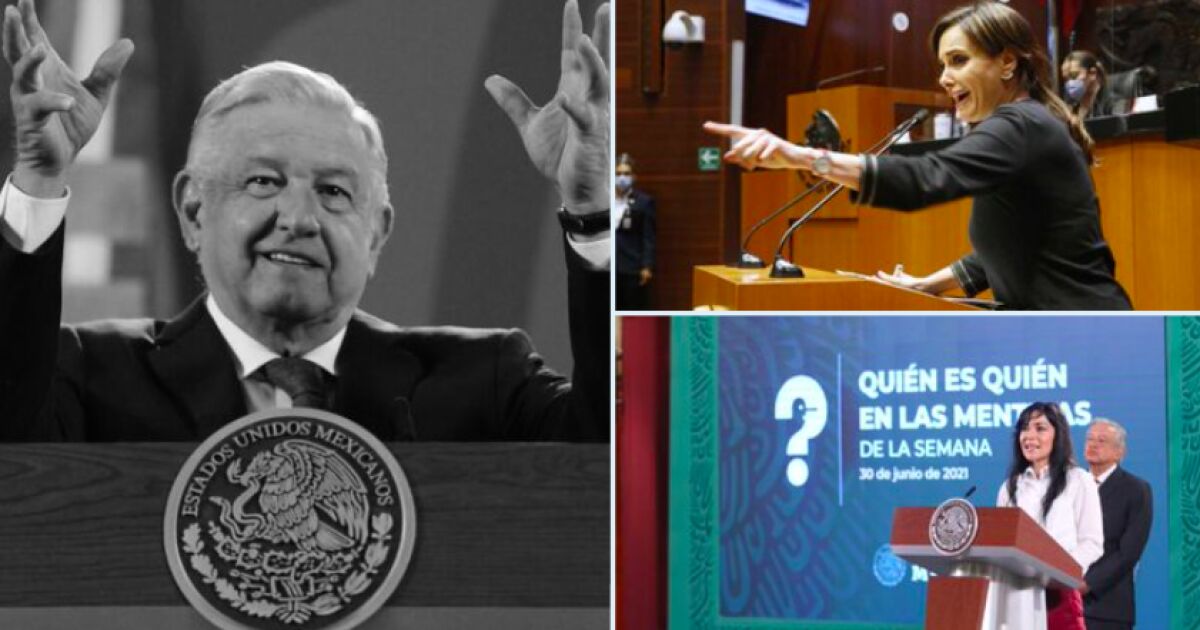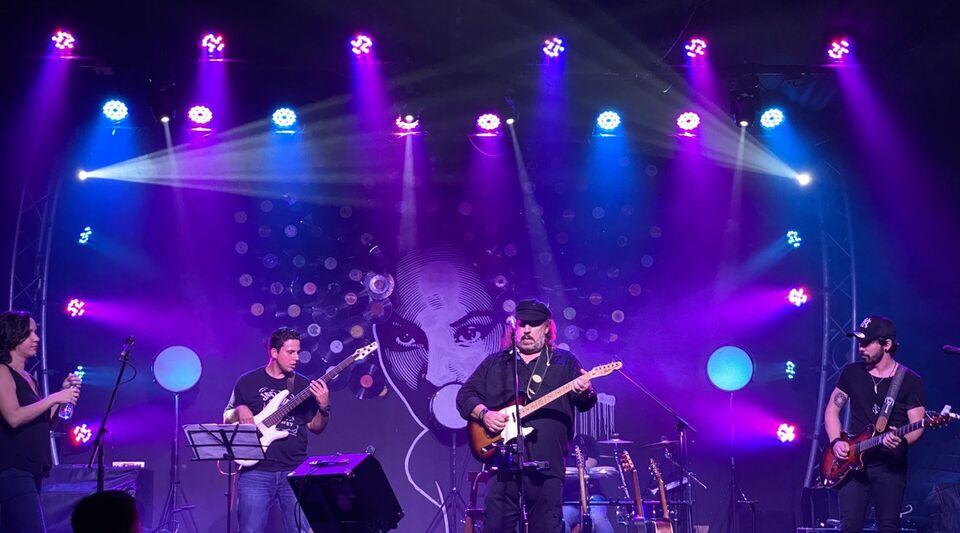The activities for the Bicentennial and promoting national tourism are part of the agenda for the reactivation of tourism in the capital.
«Quito had a very active tourism industry, the majority of operators receiving international tourists are here, so the impact has been much stronger for our city, “the manager of Quito Tourism, Cristina Rivadeneira, in an interview on the prospects for the sector in 2022.
This year the capital of Ecuador received about 250.00 international tourists, and for those who come, it aspires to reach the figure of 350,000, an increase that will depend largely on the fact that the measures to contain the pandemic of the coronavirus have the same success as in the year that is now ending.
Ecuador has managed to vaccinate more than 12.4 million inhabitants in recent months, just over 77% of the target population, which in general terms managed to stop infections and deaths and strengthen recovery, now pending that the omicron variant does not wreak havoc.
Bicentennial Year
Optimistic that this will be the case despite the already traditional increase in infections in December due to Quito festivals and Christmas, Rivadeneira is convinced that the biosecurity measures introduced by the Municipality they will have a crucial contribution to the tourism sector.
“The issue of tourist security has been very important, that is a job with the national government, because what is good for the citizen is good for the tourist,” said the executive.
At Metropolitan District of Quito, a city of about three million inhabitants, around 300,000 people depended on tourism directly or indirectly until 2019, driven by a historic center recognized as Cultural Heritage of Humanity and a varied offer of nature and biodiversity a few kilometers away.
Heritage tourism, adventure, rural and even religious, with centuries-old traditions that intertwine the indigenous pre-colonial past, the Spanish historical heritage and two hundred years of independent Ecuadorian history.
In this sense, 2022 is shaping up to be a year of commemoration, in which the city will celebrate the bicentennial of the Battle of Pichincha that led to the independence of Quito and from this country.
“We have to set goals to sustain the promotion and reactivate the economy,” said Rivadeneira, who focuses his strategies on both the incipient national tourism and the one with the longest international trajectory.
National tourism, another axis
And it is that the pandemic has discovered Quito Tourism a potential that until just two years ago had almost marginalized, that of local and national tourists, who this last year has left an indelible mark with their contribution to the recovery of the sector.
On the one hand, it is about Quito himself, who until now used to leave the city during holidays, and to whom the Municipality has opened a special offer of activities so that he can stay in the city and go to museums, theaters, festivals and other activities.
“These are actions that we see as necessary to remain in time for the people of Quito to say: ‘I’m staying here and I’m not going to the beach,'” he explained.
On the other hand, the Municipality has focused on the tourist from neighboring areas, whom it tempts with the same cultural offer and a thriving international and avant-garde gastronomy to which there is no access in other areas of the country.
The impact of this national tourism, explains Rivadeneira, is much more difficult to measure than the international one, but the consumption indices on the main holidays show this new footprint and its potential: «It is an important market that was not classified as such, which for us has been a point of equilibrium ».
Global recovery is critical
And even so, the potential of the city acquires its maximum international projection from the statistics of 2019, when 700,000 foreigners passed through the capital, ten times more than in 2020, and air connections grew with new flights from Canada, France and other countries.
A projection that currently depends largely on the evolution of the pandemic at the international level, but in which Quito Tourism continues to put meat on the grill through positioning campaigns within individual and multinational national strategies.
“Quito has a wide variety of nature, in addition to the jewel in the crown that is the largest and best preserved historic center,” Rivadeneira emphasizes, putting coffee and chocolate tastings on the same scale as an attraction.
A potential also boosted with projects such as Quito Romance destined to turn the city into a place of family and romantic events, its natural areas such as the Andean Chocó, and a climate that keeps it operational every day of the year.








